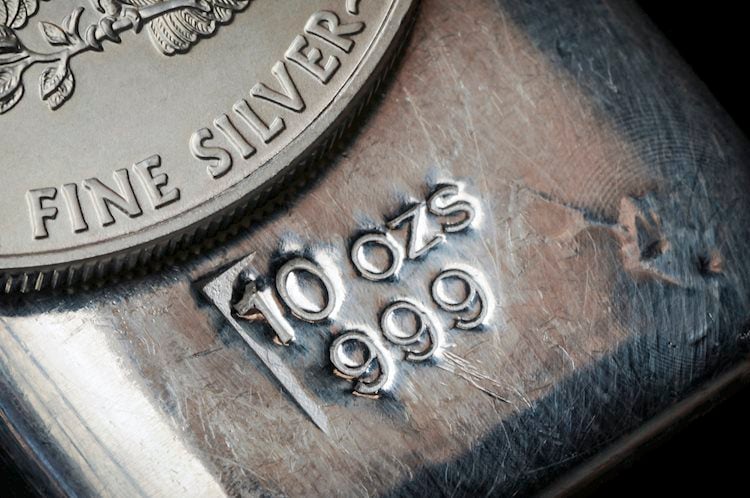Saudi Aramco’s bonds will be offered in tranches maturing in 3, 5, 10, 30, and 50 years depending on market demand. Global banks have been mandated to hold calls with fixed-income investors from Monday. According to a statement to the Tadawul stock exchange in the capital city of Riyadh, Citi, Goldman Sachs International, HSBC, JPMorgan, Morgan Stanley, and NCB Capital, have been appointed as the underwriters.
According to two sources with knowledge of the deal, the firm would raise around $6 billion. Last year, following Aramco’s debut bond sale, around $12 billion were raised, making it one the most oversubscribed debt offering in history with more than $100 billion in investor orders.
Despite the losses incurred due to the pandemic, the oil giant is persistent in meeting its commitment of paying out $75 billion to shareholders this year. The majority of the shares are held by the Saudi government itself.
The company went public in 2019 marking the biggest IPO in history at that time. However, as the coronavirus pandemic crushed the demand for oil in the following year, the company’s net income dropped 45% in the third quarter to $11.8 billion.
The loss of earnings has left Saudi Aramco with the inability to pay out dividends to investors, including the Saudi government which desperately needs money to narrow the widening budget deficit.
Crude prices have recovered to reach around $44 per barrel, however, they are still 34% less as compared to last year. According to Moody’s Investor Service, unless the prices rise further, the government may not be able to depend on the $75 billion dividends beyond next year.
The state-owned firm already drew down a $10 billion loan in July to meet funding needs. For the first nine months of 2020, its free cash flow was $33.5 billion, which is more than $20 billion less than what the company declared to pay out as dividends for that period.
Being the kingdom’s largest revenue generator, the company is under increasing pressure to decrease its spending and raise cash. So far this year, Saudi Aramco has reduced its capital expenditure by an estimated $25 billion to $30 billion.
What’s more, the company invested a major stake in the Saudi chemical company, Saudi Basic Industries Corp. (SABIC) by taking debt from the country’s public investment fund of $69 billion, leading to a rise in the debt levels of the firm. Saudi Aramco’s gearing ratio – a measure of debt as a percentage of equity – has surged to 21.8%, well above the firm’s target of 5% to 15%.
The yield on Saudi Aramco’s $3 billion of bonds, maturing in 2029, has plunged from 3.04% to 2.09%; remaining only slightly higher than the government’s equivalent securities trading at 2%.
The rating agency, Fitch, dropped the outlook on Saudi Aramco from positive to negative as the government’s finances weakened. Still, the firm’s long-term rating stands at A. The agency further forecasts that the middle eastern country’s budget deficit would increase from 4.5% of GDP last year to 13% this year, about $90 billion, despite the government’s program of fiscal consolidation.
The agency pointed out that the oil giant’s commitment to paying a $75 billion dividend would result in a negative post-dividend free cash flow in 2020 and 2021, before eventually breaking even in 2023. Fitch said that the estimated debt of government companies was increasing led by Saudi Aramco and the Public Investment Fund, one of Saudi Arabia’s leading investment vehicles.
Earlier this year, the OPEC and allies outside the cartel including Russia had decided to bring down production levels by 9.7 million barrels a day in an effort to support oil prices and bring stability to the oversupplied oil market. Since then, the restrictions have fallen to 7.7 million barrels a day. In the coming weeks, oil ministers are expected to decide whether the restrictions would be eased further as part of a previously agreed tapering program.
I am Sophia william, author of World Stock Market. I have a degree in journalism from the University of Missouri and I have worked as a reporter for several news websites. I have a passion for writing and informing people about the latest news and events happening in the world. I strive to be accurate and unbiased in my reporting, and I hope to provide readers with valuable information that they can use to make informed decisions.






